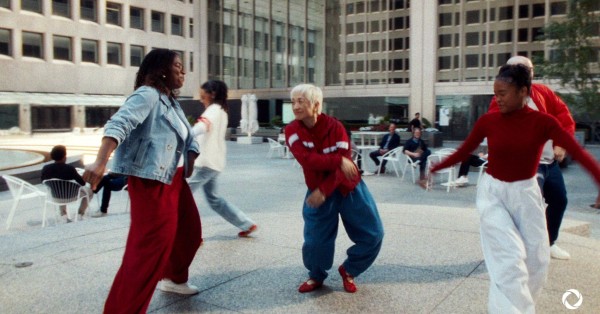Dish Network experienced a decrease in both mobile and TV customers during Q1, with revenue and earnings also sliding. Despite these setbacks, the company remains optimistic about its 5G network rollout, as it continues to make progress towards meeting its coverage requirements.
Mobile customer numbers fell to 7.91 million, a reduction of 81,000 during the quarter and 290,000 less than the previous year. Although concerning, the losses were less significant than the 343,000 reported in Q1 last year. This slowdown in customer losses provides some hope for the struggling company.
Most customers continue to use T-Mobile US and AT&T networks, even after Dish launched its 5G network in 2022. Co-founder and chairman Charlie Ergen reported that traffic on Dish’s own network is still minimal, partially due to a lack of compatible devices. Currently, there are only five handsets compatible with Dish’s Band 70 spectrum, which forms a significant part of its 5G holding.
Wireless CEO John Swieringa confirmed more phones, including the iPhone, would become compatible soon, which could help boost Dish’s network usage. “We’re ramping this year,” Swieringa said of Dish’s own network usage, indicating a hopeful outlook for the future.
Dish is required to cover 70% of the population with its network by next month, and the company is confident it will achieve this target. EVP of network development Dave Mayo reported that Dish had begun construction on around 18,000 sites by the end of Q1, with 16,000 sites needed to meet the 70% target. All of these sites will need to be fully fibred up and powered, he explained.
The network build has impacted capital spending, with Q1 reports showing a US$10 billion spending plan for 5G, including sums already spent starting in 2021. Spending is expected to be higher for the remaining nine months of this year than it will be for 2024 as a whole, with 5G accounting for a sizeable proportion of outgoings. Company executives indicated that spending will fall once Dish has reached its June rollout targets.
The company’s Q1 financials were less than ideal, with revenue dropping 8.5% to $3.96 billion and net income decreasing to $233 million. Dish also lost over half a million pay TV customers in Q1, leaving it with 9.2 million, including 2 million Sling TV streaming customers.
Despite the ongoing customer losses, Dish’s pay TV ARPU is actually on the up. However, the company needs to find a way to stem these customer losses before it can start building for growth. With the 5G network expansion and the addition of more compatible devices, Dish remains hopeful that its fortunes will turn around in the coming months.


































